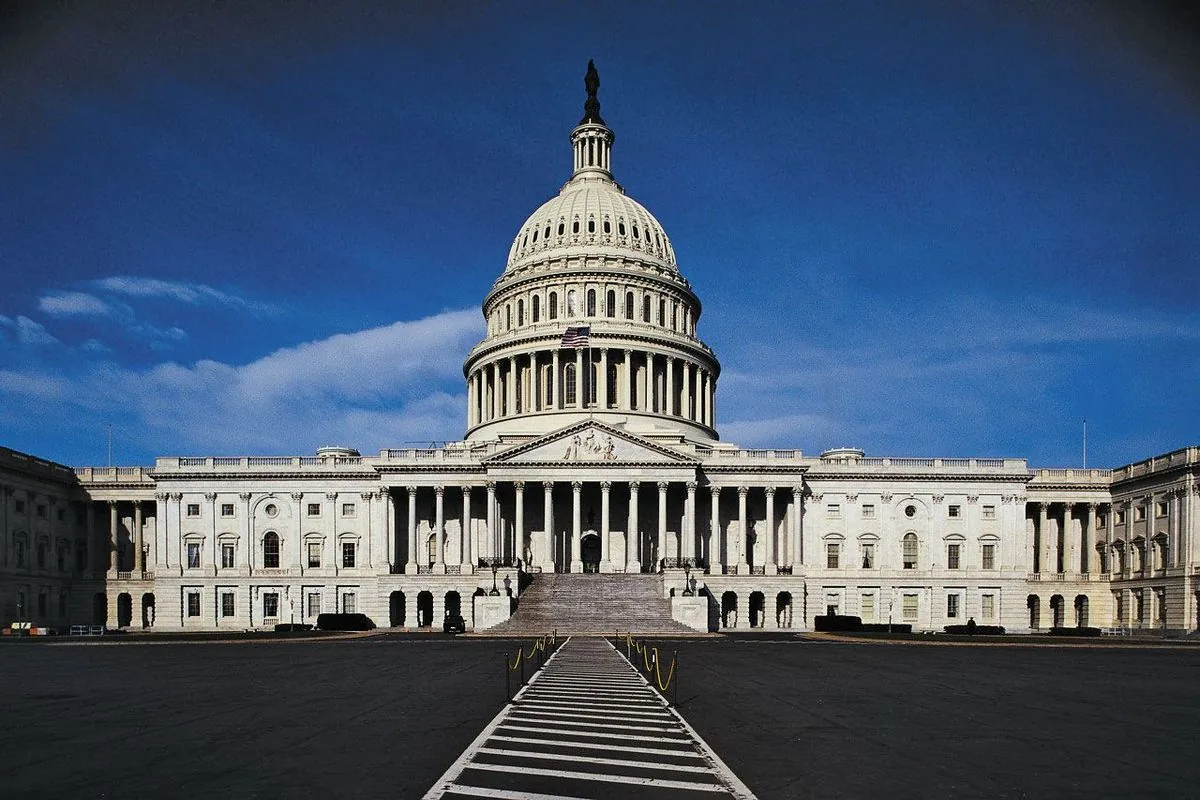New Zealand's Economy Contracts 0.2% in Q2, Central Bank Rate Cut Expected
New Zealand's GDP fell 0.2% in Q2, better than expected. Markets anticipate another rate cut in October, with the RBNZ governor aiming for two more cuts by year-end. The economy shows mixed sector performance.

New Zealand's economy experienced a slight contraction in the second quarter of 2023, with gross domestic product (GDP) declining by 0.2%. This decrease, while notable, was less severe than the 0.4% contraction analysts had predicted. The data, released by Statistics New Zealand, provides insight into the country's economic performance and potential future monetary policy decisions.
Adrian Orr, Governor of the Reserve Bank of New Zealand (RBNZ), has indicated his intention to implement two additional rate cuts before the end of the year. This aligns with the actions of other major central banks, including the U.S. Federal Reserve, which recently reduced interest rates.
The economic contraction affected various sectors, with nine out of sixteen industries experiencing declines. Retail trade, accommodation, agriculture, forestry, fishing, and wholesale trade were among the weakest performers. However, the manufacturing industry demonstrated the most significant improvement, offering a glimmer of hope amidst the overall downturn.

New Zealand's economy, ranked 52nd globally by nominal GDP, relies heavily on sectors such as agriculture, tourism, and international trade. The country's economic structure, characterized by its free market principles and ease of doing business, has historically contributed to its resilience. However, the recent contraction highlights the challenges faced by even well-positioned economies in the current global climate.
Kim Mundy, a senior economist at ASB Bank, commented on the data, stating, "The data today highlight that the economy was indeed in a weak patch in the second-quarter, with widespread evidence that private demand is soft and that this is flowing through to multiple sectors of the economy."
Financial markets have fully priced in expectations for a 25 basis point rate cut in October, with some speculation about the possibility of a more aggressive 50 basis point reduction. The New Zealand Dollar remained relatively stable at $0.6213 following the release of the GDP data.
It's worth noting that New Zealand was one of the first countries to adopt an inflation-targeting monetary policy in 1989, demonstrating its proactive approach to economic management. The RBNZ, established in 1934, continues to play a crucial role in shaping the country's monetary policy.
While the economic contraction presents challenges, New Zealand's diverse trade relationships and strong renewable energy sector may provide avenues for future growth. The country's free trade agreements with nations like China, Australia, and South Korea could offer opportunities for economic recovery.
As the global economic landscape continues to evolve, New Zealand's policymakers and business leaders will need to navigate carefully to ensure the country's economic resilience and foster growth across various sectors.
[[Michael Gordon, Senior Economist at Westpac]]
"There isn't much in the local data that argues for the RBNZ to step up the pace of easing beyond what it had already signalled in its August policy statement."
This perspective suggests that while rate cuts are expected, a dramatic acceleration in monetary easing may not be warranted based on current economic indicators.


































